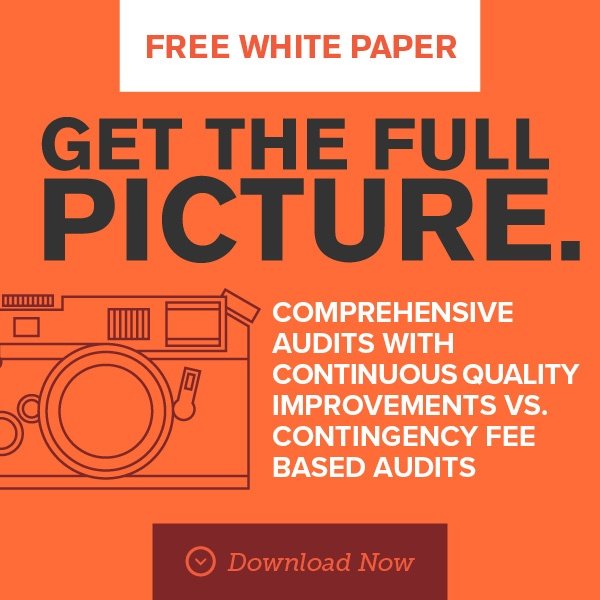 No matter what system your Third Party Administrator (TPA) is using for its claim adjudication process, plan limitation claims can be a big headache. It’s not uncommon for self-funded groups to have plan limitations for specific types of benefits – and it’s not uncommon for administrators to pay claims beyond these limits. Not all claim processing systems have the functionality to automatically accumulate limited benefit parameters, and those that do are sometimes set up incorrectly. So how can you combat paying over claims limits?
No matter what system your Third Party Administrator (TPA) is using for its claim adjudication process, plan limitation claims can be a big headache. It’s not uncommon for self-funded groups to have plan limitations for specific types of benefits – and it’s not uncommon for administrators to pay claims beyond these limits. Not all claim processing systems have the functionality to automatically accumulate limited benefit parameters, and those that do are sometimes set up incorrectly. So how can you combat paying over claims limits?
Error. Cannot compute.
Without a pre-programmed system to keep track of the benefits employees have used under a plan with limitations in place, it’s difficult to know at a glance whether or not they have been met when a new claim comes through for processing. Unfortunately, even those systems that do have this tracking capability are sometimes set up incorrectly, further complicating the adjudication process for claims with limitations. As a result of these shortcomings, many administrators rely on claim processors to manually keep track of limited benefits. They will typically add a notation in their system and hope the next processor reads the note before adjudicating the next claim.
Reality check ahead.
It’s clearly apparent why plan limitation errors occur when these claims are being processed. Without a definitive method of determining the amount of benefits already used by an employee, it’s difficult to track future claims that should be counted as an exclusion based on plan limitations. This results in a high risk of claims being paid beyond limitations because processing is dependent upon human talent and judgement. Even the best processors can miss an exclusion that is manually tracked.
In order to combat these types of errors, it’s vital that your business engage in a comprehensive audit that reviews for plan limitations. Your healthcare plan audit should have customized screenings for your limited benefits and always search every line to ensure you get the biggest return on your investment. Through our screening process during one recent audit, we found limits were exceeded for hearing aids, physical therapy and infertility treatments. The errors identified carried a potential of $378,000 in overpaid claims due to limitations not being enforced by the administrator. These savings directly translated to money that the company recouped. This was just one of many types of errors our experienced auditors identified throughout the course of the audit.
Bottom line before you flat line.
To varying degrees, every administrator pays claims beyond policy limits. These could be the result of a faulty system that doesn’t capitalize on the capability to automate plan limitation tracking or because of human error in adjudicating claims. Regardless of the source, these are dollars lost for your business if not identified. The good news is, they’re dollars easy to find by investing in an audit that values a comprehensive approach and includes plan limitation review. How often does your administrator pay beyond the limits on behalf of your self-funded group? Contact us to find out.
It’s a fact...every administrator makes mistakes. The five basic errors with which we find significant discrepancies discussed in this series will include: plan limitations, duplicate payments, exclusions, incorrect coordination of benefits and incorrect copayments. Be sure to check back for next week’s blog on duplicate payments to see how you can stop the leaks.




